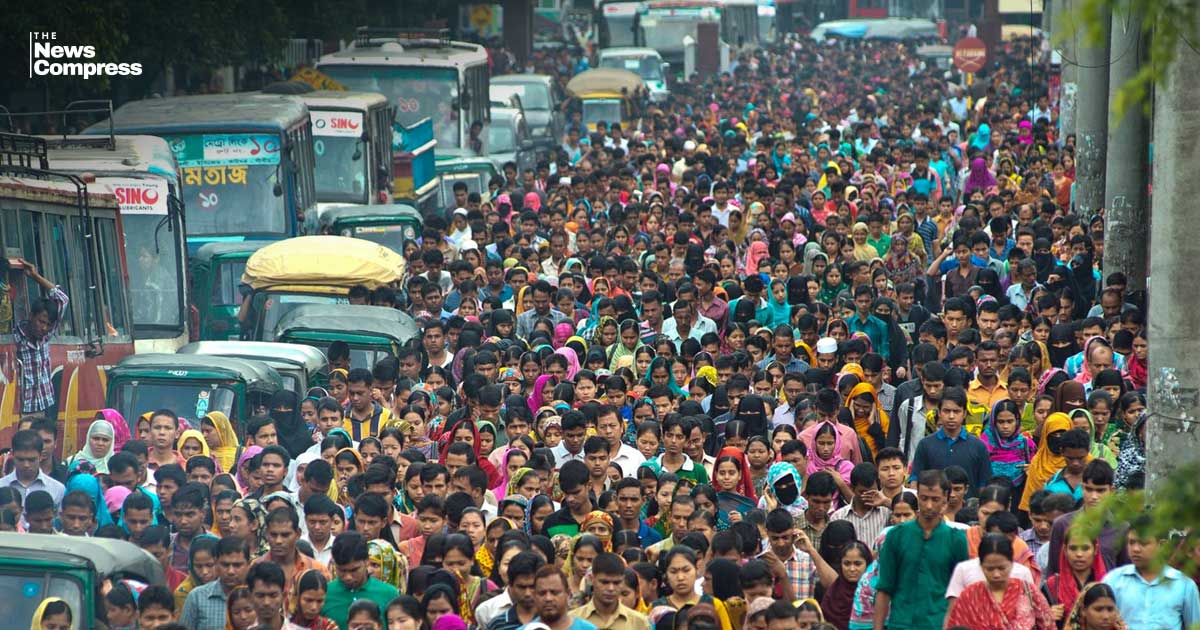Published: July 7, 2025, 10:00 PM

Bangladesh’s population has reached an estimated 175.7 million in 2025, with half being women and nearly two-thirds (around 115 million) falling within the working-age group of 15 to 64 years. This presents a significant opportunity for the country to leverage its demographic dividend, according to the United Nations Population Fund (UNFPA).
The insights were shared during the launch of UNFPA’s annual flagship report State of World Population 2025, presented in Dhaka at the UN Building in Gulshan on Monday. UNFPA’s Bangladesh Representative, Catherine Breen Kamkong, officially unveiled the report.
Kamkong highlighted that while 7 percent (12 million) of the population is aged 65 and above - signaling the beginning of an aging society - youth make up a substantial portion of the population. Adolescents aged 10-19 account for 19 percent (around 33 million), and the broader 10-24 age group comprises about 28 percent (nearly 50 million people).
This year’s report, themed “The Real Fertility Crisis – The Pursuit of Reproductive Agency in a Changing World,” emphasizes that the real issue is not the number of births, but the lack of reproductive autonomy, especially for women and young people. Systemic, economic, and social barriers continue to prevent individuals from making informed choices about their reproductive lives, Kamkong said.
Globally, fertility rates vary dramatically - from 0.8 children per woman in high-income countries like South Korea (the lowest globally), to 5.8 in nations like Niger. Bangladesh sits in the middle, with a total fertility rate (TFR) of 2.1.
However, adolescent birth rates in Bangladesh remain high, largely driven by early marriage, limited access to contraceptives, and lack of comprehensive sex education. The report points to unmet fertility desires in several countries, where many people either have fewer or more children than they intended, often due to lack of access to family planning services.
Kamkong also drew attention to Bangladesh’s high out-of-pocket healthcare expenses and called for increased public investment. “Currently, only 0.7% of GDP and 2% of the national budget is allocated to health. We urge the government to raise this to 5% of GDP and 15% of the budget,” she said.
Greater investment, she added, would support the recruitment and retention of skilled health workers, ensure a steady supply of essential medicines, and expand access to diverse contraceptive options - giving women more control over their reproductive choices.